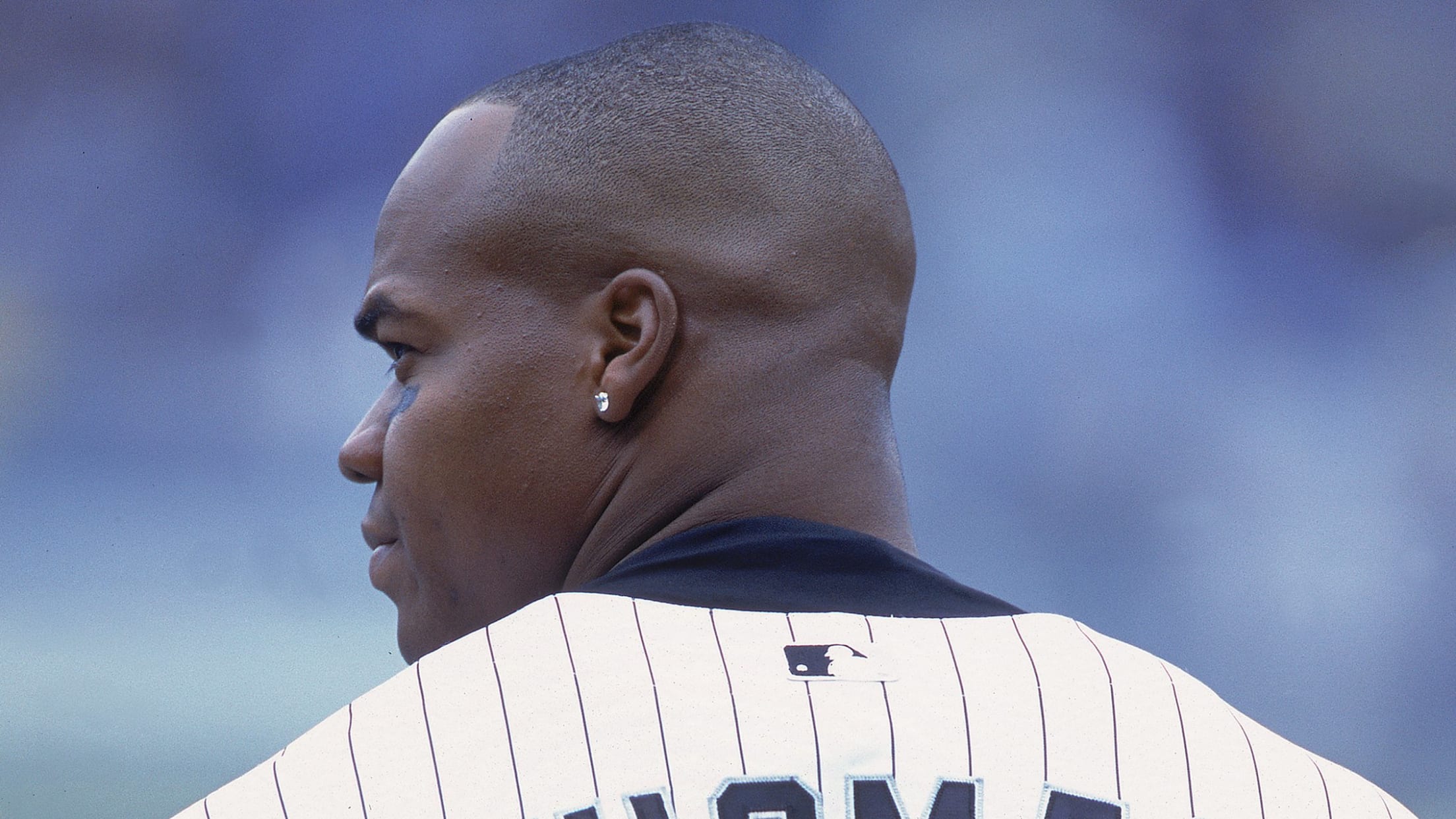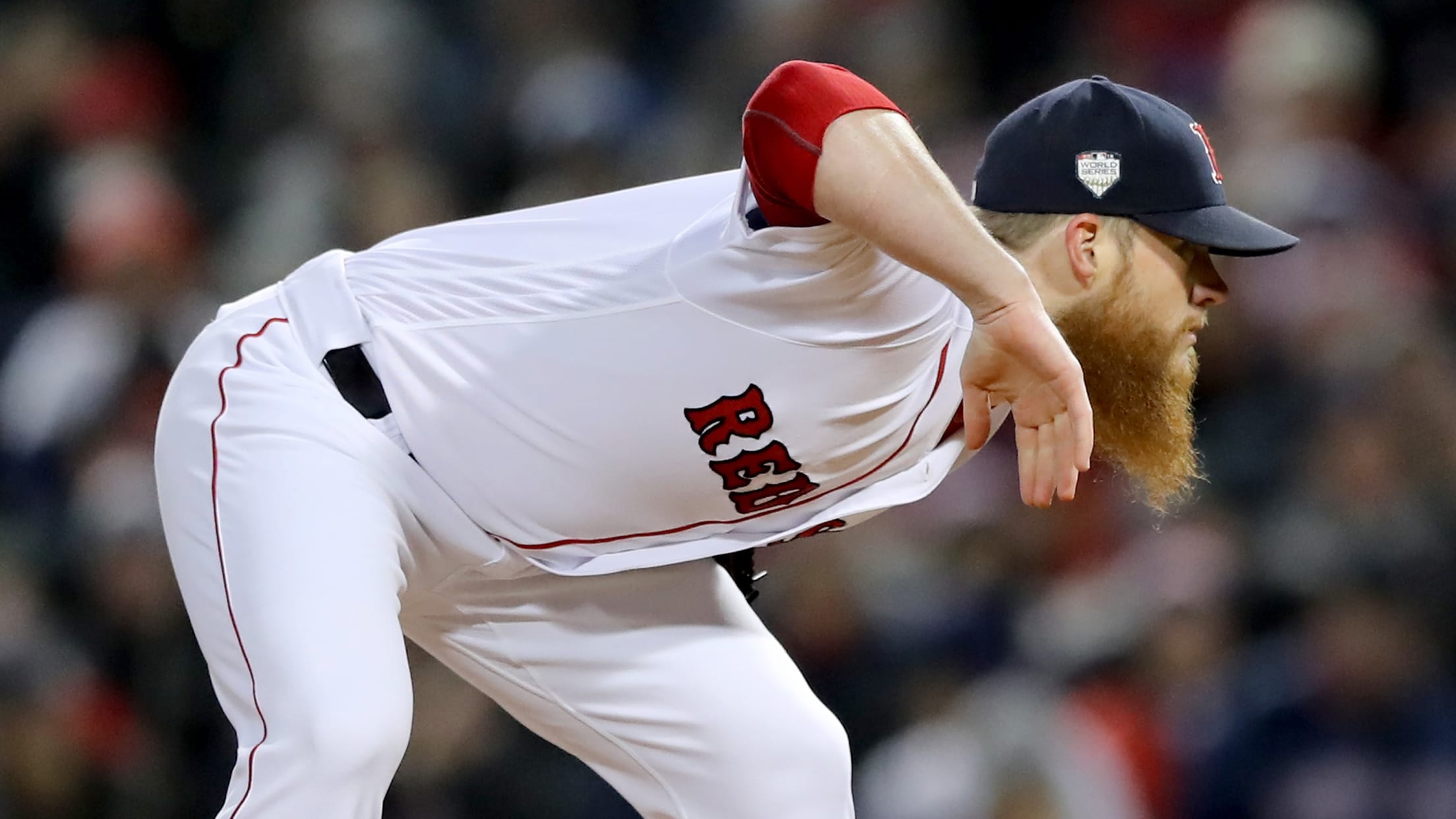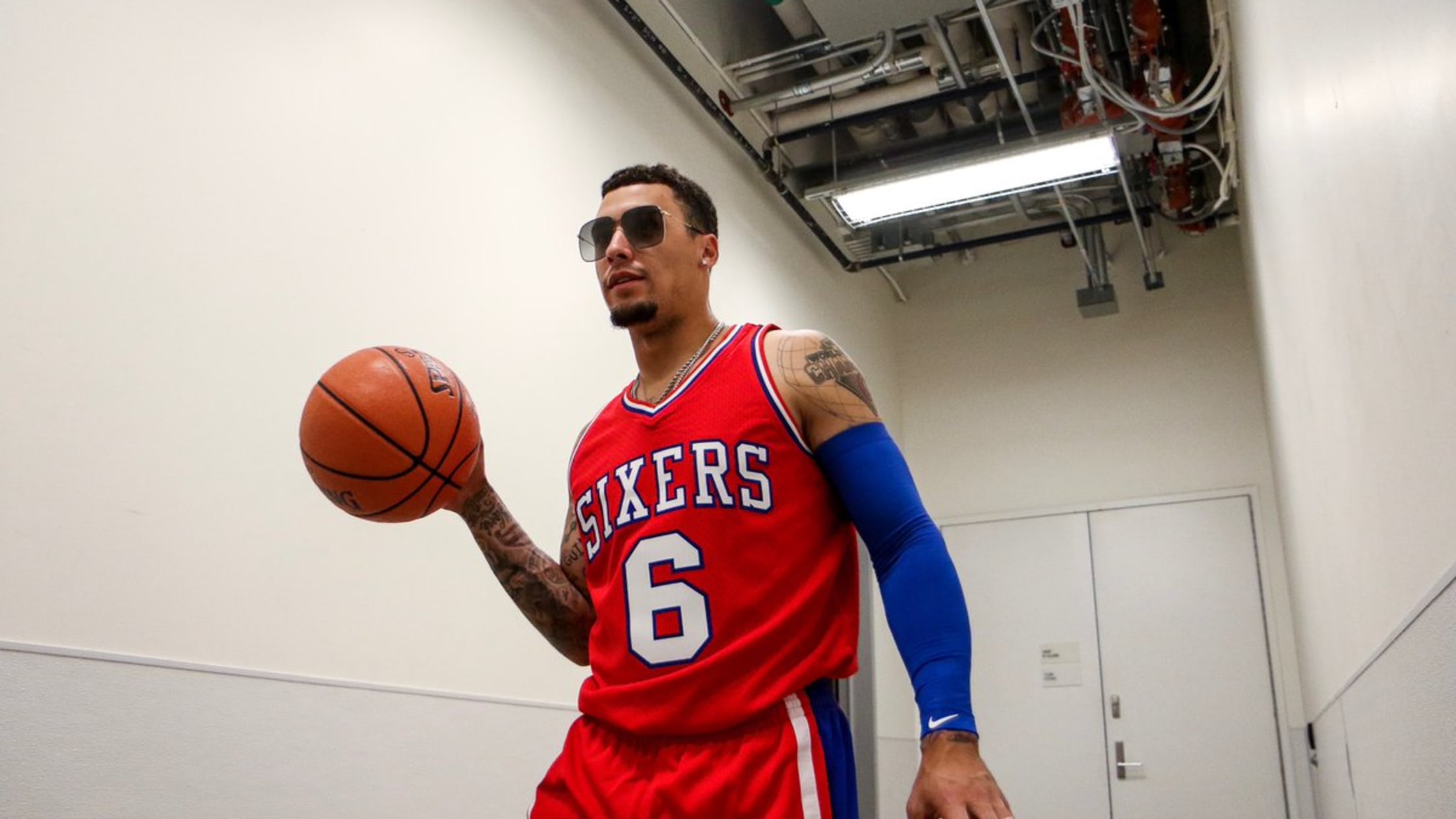So, what actually is the most athletic-looking uniform number in baseball?

Craig Kimbrel was officially introduced as a member of the Chicago Cubs on Friday afternoon. Most of his introductory press conference was spent doing important introductory press conference things, like shaking hands with team president Theo Epstein and answering questions about his role in the team's run toward an NL Central title.
Some of it, however, was spent talking about jersey numbers -- and that's where things got really interesting:
New Cubs closer Craig Kimbrel on choosing uniform number 24: “It looks like an athletic number.”
— Zach Zaidman (@ZachZaidman) June 7, 2019
Kimbrel's worn 46 for his entire MLB career, but on the North Side that number currently belongs to new bullpen mate and fashion icon Pedro Strop. So Kimbrel decided to change it up, opting for No. 24 -- arguably the most storied digit in baseball history, from Mays to Griffey.
But Kimbrel didn't land on his new number because of its history, or because it's what his childhood idol wore. He chose it for a different reason entirely. You know how some numbers just look athletic? Like, you see the back of the uniform, and you just think "oh, yeah, this person is a ballplayer that I don't want to mess with"?
That sort of effect is what Kimbrel was going for. Did he choose the most athletic-looking number in baseball in No. 24, though? Or should he have looked elsewhere? First, let's narrow the field a little bit.
Any number above 35: too high
There's just something irredeemably dorky and non-threatening about it, like the kid who gets put in right field because it's the place the ball goes least frequently. The closest that anyone's come to pulling this off is Yasiel Puig's No. 66, because the repetition means it doesn't draw attention to how high the number is and 66 is objectively metal as hell. Still, who's more likely to be seen wearing No. 99: Squints or Aaron Judge?
(Why 35, you ask? There needs to be a cutoff at some point, and once you hit the mid-30s you get into respectably muscular numbers. Besides, you try telling all 6-foot-5, 275 pounds of Frank Thomas that he doesn't make this look good.)

Anything in the 10s: Too limp
Much like the Big Hurt's 35, the right double-digit number is bulky without being clunky. A double-digit number that begins with a 1, though, is dead on arrival -- there's no flimsier opening statement than just a straight line, not to mention that it makes the whole thing seem lop-sided.
Zero or double zero: absolutely not
All due respect to Adam Ottavino, there is nothing athletic-looking about a hole on your back. A cool statement, but cool in a metaphysical way, not in a "please don't make me face this pitcher" sort of way.
So that leaves us with the following: 1-9, 20-35. Eliminate a few more -- really, is anyone going to the mat for No. 29? -- and we're down to the cream of the crop. So, what's the answer? Don't overthink this:
Even the best double-digit numbers are too busy, a little too far into picked-last-in-Little-League territory. And while numbers that begin with 1 are lop-sided, the number on its own is perfect: sleek, clean, commanding, like a lightning bolt crackling down your back. You wear the No. 1 and you just look like you're about to hit three homers and throw seven scoreless innings simultaneously.
You could quibble and say that it's a number almost exclusively associated with middle infielders, but think about it: Shortstop has always been the glamor position -- the star of your Little League team, the spot that demanded the most athleticism and garnered the most glory. So Craig, if you get off to a rocky start in your new home, just remember: No. 1 is currently unoccupied.






